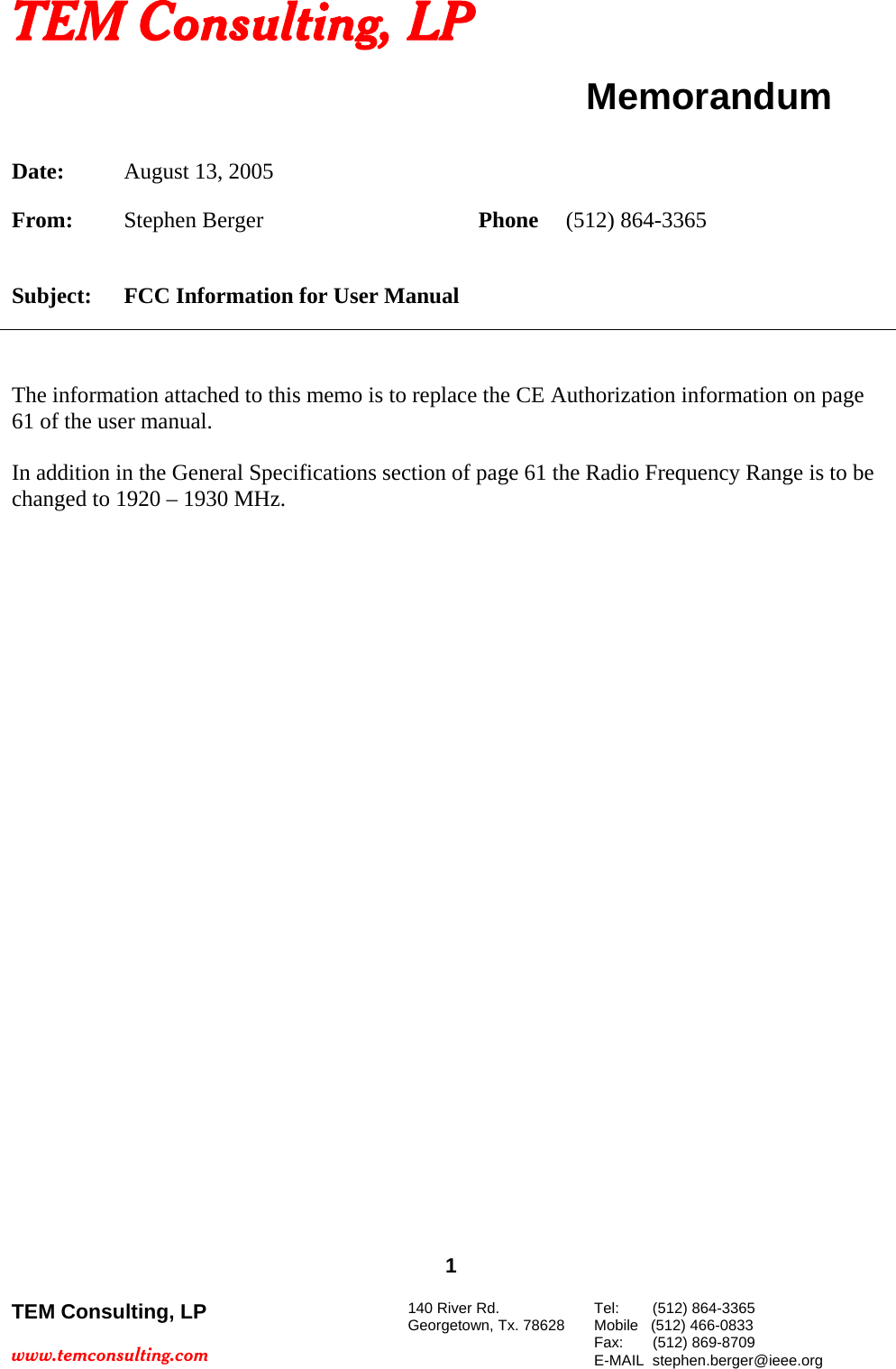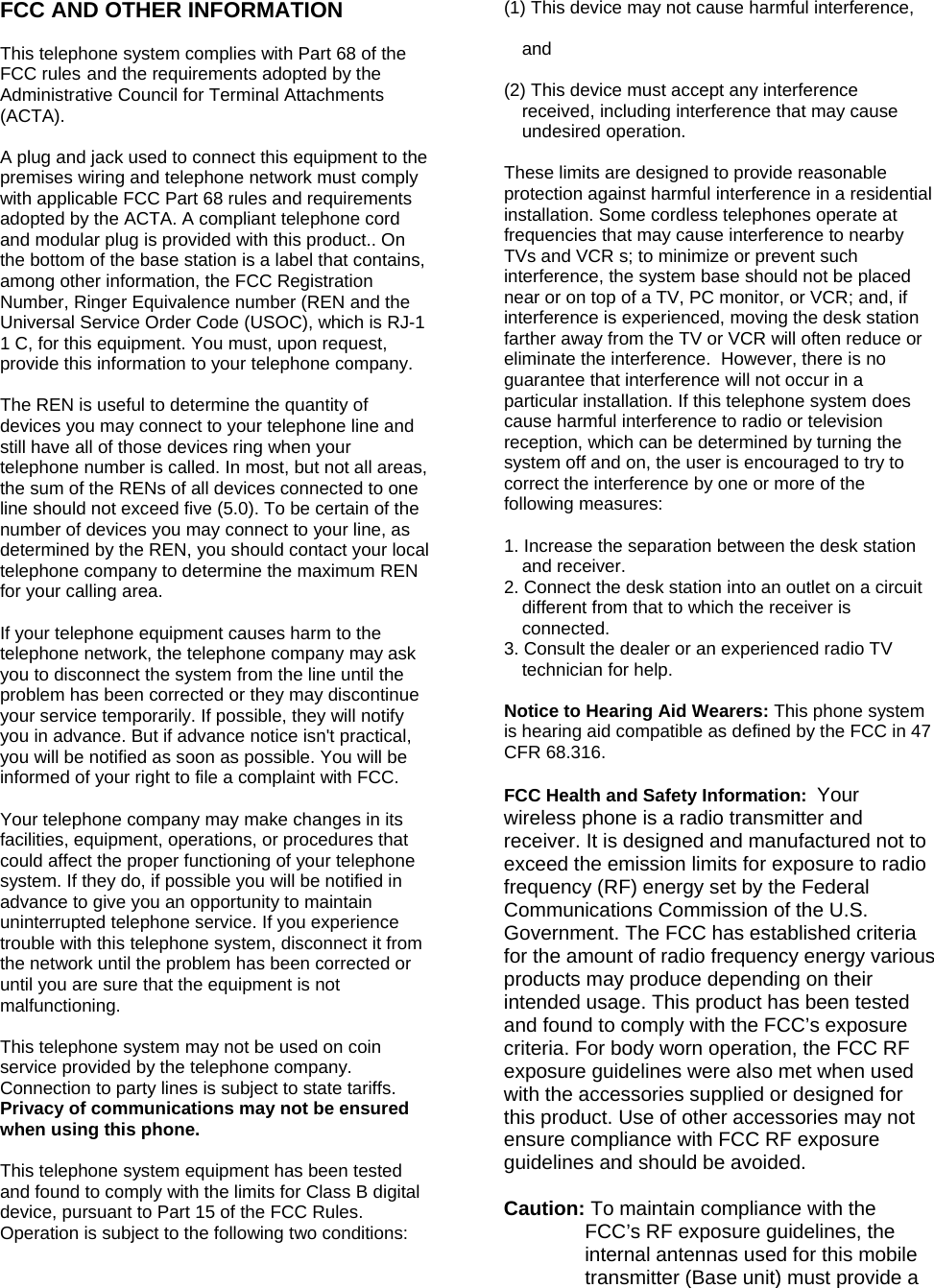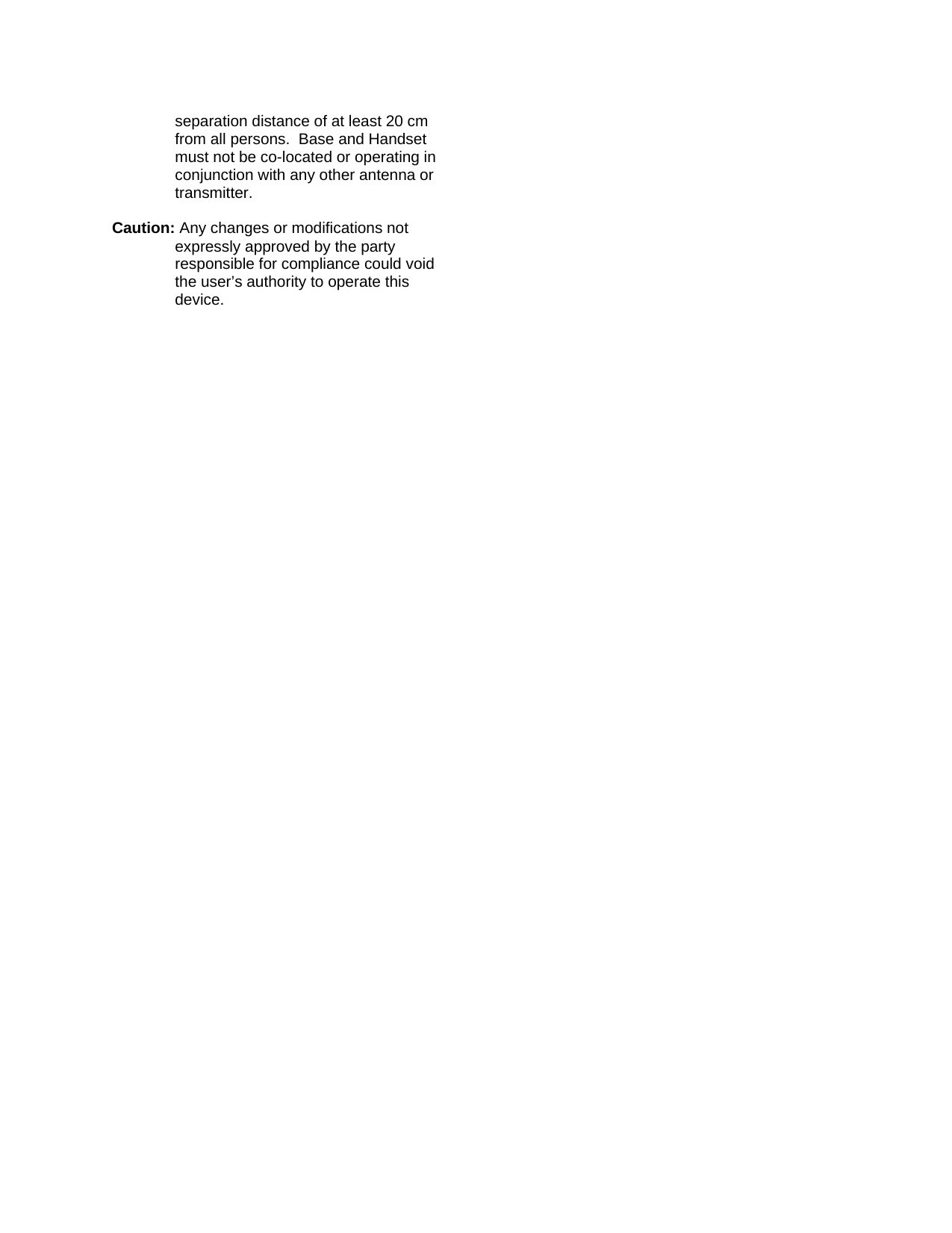Siemens Information and Communication Mobile S445 Cordless Phone Base Station User Manual Company Name
Siemens Information and Communication Mobile LLC Cordless Phone Base Station Company Name
Contents
- 1. Users Manual
- 2. Users Manual Addendum
Users Manual


